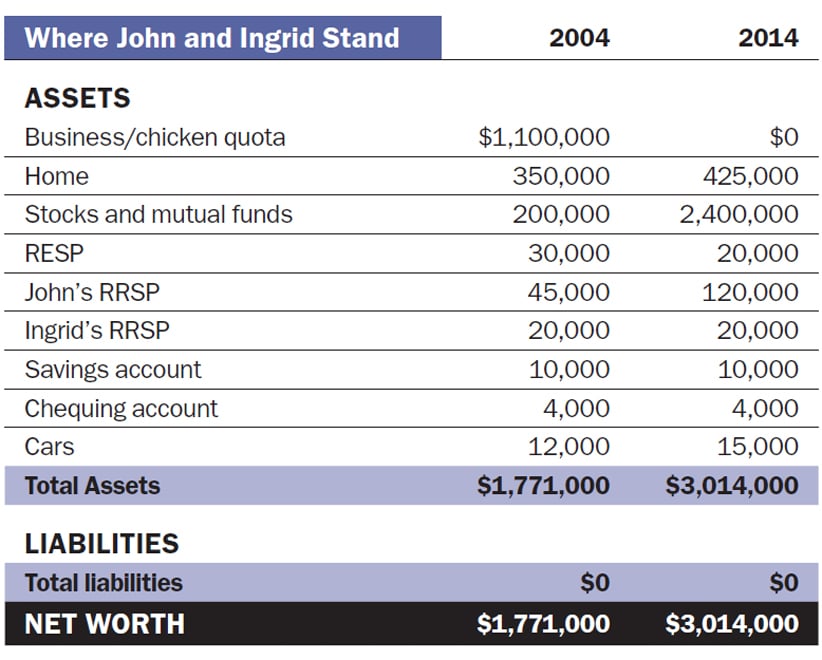Goodbye chickens, hello wealth: John and Ingrid Boyson now
Newfound wealth had this farmer needing an adviser. But educating himself reaped bigger rewards.
Advertisement
Newfound wealth had this farmer needing an adviser. But educating himself reaped bigger rewards.


Share this article Share on Facebook Share on Twitter Share on Linkedin Share on Reddit Share on Email